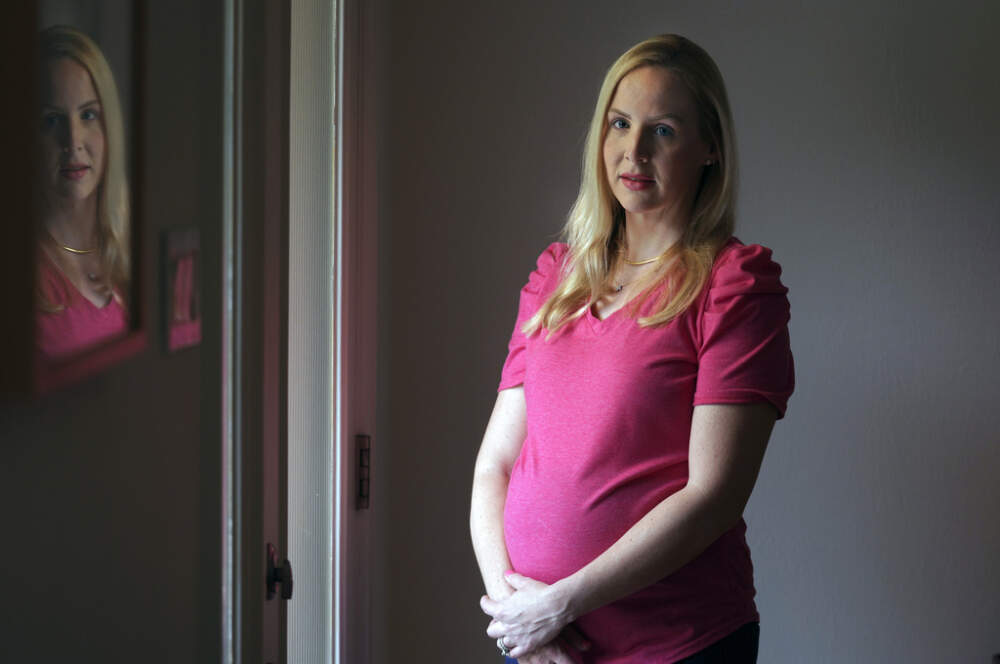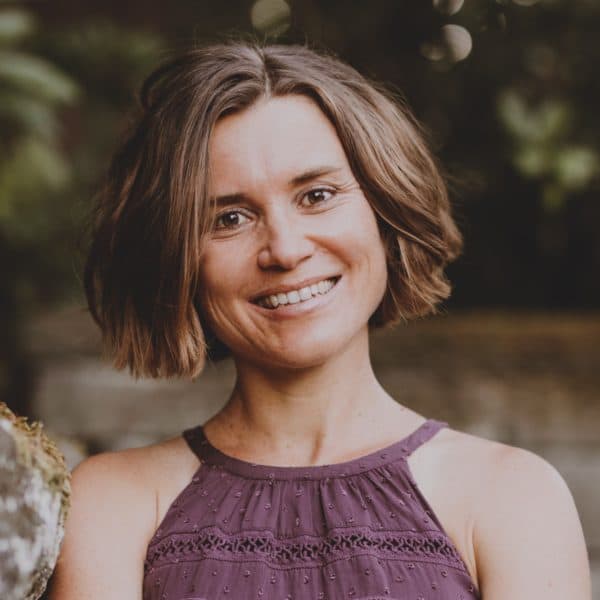Advertisement
Commentary
Abortion-rights opponents don’t understand that death — like life — is sacred

One month after my first pregnancy ended in a second-trimester miscarriage, I stumbled across a piece of scientific trivia that stunned me. I read that when someone falls pregnant, the cells of their developing fetus become embedded in their own body. During gestation, fetal cells travel through the placenta and lodge themselves in the parent’s tissue, where they can remain for decades. Apparently, scientists have discovered fetal cells living in their parent’s skin, lungs, heart and brain even after the parent dies.
The idea of carrying the remnants of my lost little soul inside my body — like tiny streusel baked into an apple pie — felt comforting. It was a reminder that instead of voiding their existence, death always gives new shape to things.
“All things that seem to die are in fact only transformed,” the Roman philosopher Seneca wrote thousands of years ago. “The summer departs, but the year will bring another; winter falls away, but its own months will restore it. Night blocks the sun, but in an instant daylight will drive that night away.”
When Roe was overturned a year ago, some celebrated the news as a victory for the sanctity and inviolability of life. Implicit in this argument is the idea that if life is sacred, death somehow is not. Death, it seems, is the antidote to life, its supreme negation. And when it comes to the unborn child, death is an outright scandal.
As someone who studies death and dying, such an impoverished view of death strikes me as an emblem of our death-avoidant culture. Societally, we have long pushed death into the shadows. In America today, someone may go their entire life without ever witnessing a death or seeing a dead body. Most people die in nursing homes and hospitals, and funeral professionals whisk in to handle human remains. This physical removal of the living from the dying process — and from death itself — has intensified a much broader cultural discomfort with our mortality.
“We act as if [death does] not exist,” writes historian Philippe Ariès, “and thus mercilessly force the bereaved to say nothing.”
The cultural taboos that prevent a candid engagement with death in America compound the challenges dying people face today — from physicians who trade in euphemisms and wishful thinking to the cultural imperative to “never give up.” One lesson I learned from my work with terminally ill patients who have decided to hasten the end of their lives was just how profoundly sacred — and full of meaning — death could be.
Advertisement
Reflecting on her mother’s medically assisted death in Portland, Oregon, weeks earlier, Elise said how much she appreciated being able to sit with her mother’s body after she died.
“Being able to be with her body felt really sacred to me. I kept going in the other room and looking. And I touched her. It was like a wave just really sinking in that she was gone.”
Death, these patients and their families taught me, is a sacred transition into the unknown. It is a radical form of surrender — a letting go — that requires deep focus and care. You are closing a book without knowing what comes next.
[Death] is a radical form of surrender — a letting go — that requires deep focus and care.
We prefer not to think of it this way, but any pregnancy is rife with the specter of death. That’s true for the pregnant person as much as it is their growing fetus, and the shadow of death lingers long after a child is born. Yet death is now completely removed from pregnancy. A physician may check the presence of a fetal heartbeat without ever raising the possibility of its absence. Artsy images of ruddy, healthful babies line the walls of many OBGYN offices and delivery suites — a kind of aspirational vision board that leaves no space for a different, darker outcome. We pick baby names, decorate nurseries and throw baby showers in joyful anticipation of life, not death.
But as givers of life, we are also makers of death. A pregnancy may be unviable from the start or become unviable weeks later. A child may not survive a protracted, grueling delivery or die inexplicably months later. All throughout their childhood years, we fretfully scan our children’s environment for imminent dangers to their lives — from marble-sized choking hazards to giant speeding cars. And even after a long and happy life, the children we birth will all die, sometimes before we do.
Refusing to acknowledge this ever-present possibility and barring pregnant people from deciding for themselves which potentiality best matches their unique circumstances is an acute form of disempowerment. One year into the Dobbs decision, we — as a society — have collectively been disempowered. We have sacrificed an entire generation on the altar of religious orthodoxy and death denial.
It’s no secret that rearing a life is an infinitely sacrificial task. Seventeen months into my own, all-consuming motherhood, it breaks my heart to think of parents who are here and who didn’t want to be. Who really couldn’t afford to be here because not many can anymore. Who were compelled to birth a child with fatal health complications — or a deceased child —and who will forever wear the scars, emotional and otherwise, of their ordeal. Relinquishing control over our bodies, which are capable of life and capable of death, is being denied access to the most fundamental truth of our existence.
Life may be sacred, but death is sacred too.
